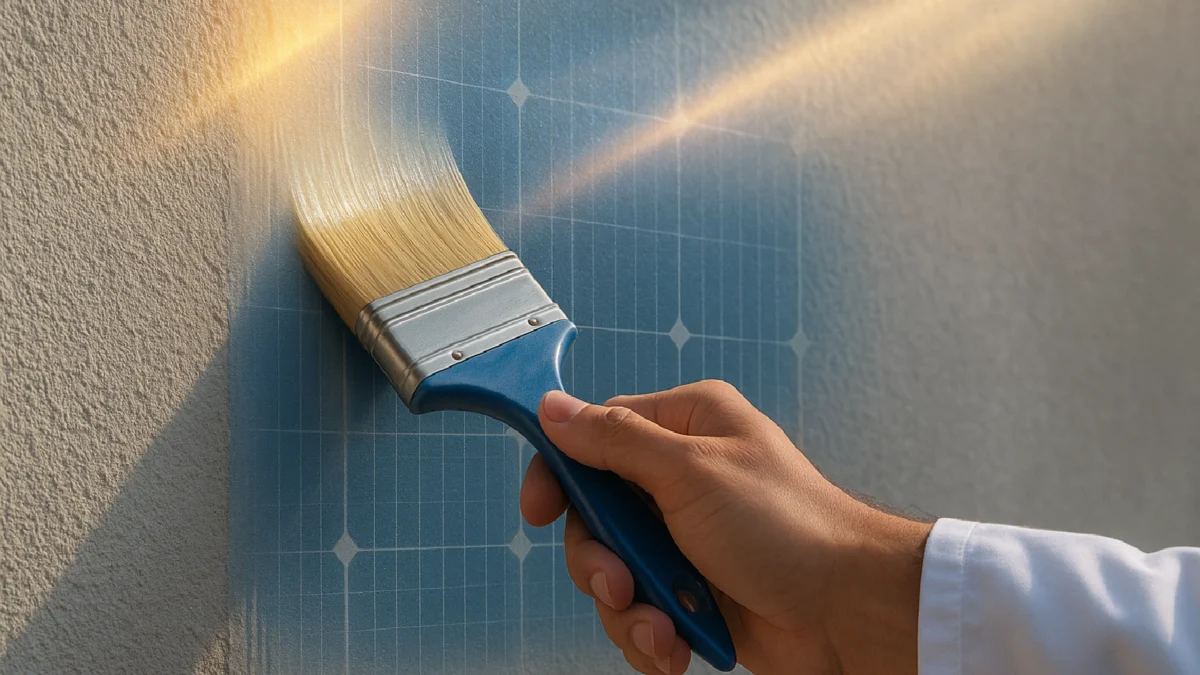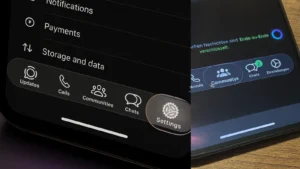How a Hyderabad-based lab is racing toward turning walls and roofs into electricity generators
In a modest lab at IIT Hyderabad, an audacious idea is taking shape: a nano-colloidal photovoltaic “solar paint” developed by the startup Pāvakaḥ Energy. The concept is radical — coat a surface with this paint and it generates usable electricity. If made scalable and efficient, it could blur the boundary between structure and power plant.
“We are developing clean energy technologies … by painting or coating a thin film of solar cells, which will harness sunlight and convert it into useful electrical energy.”
— Catalysis@IITH newsletter (IIT Hyderabad)
The Science Behind the Paint
At its core, solar paint embeds semiconducting nanoparticles in a liquid carrier so that, once cured, the film acts like a solar cell. The Pāvakaḥ team calls their version a bulk-heterojunction thin-film architecture, sprayed or coated like ordinary paint (IIT Hyderabad Newsletter).
Unlike conventional solar modules, theirs is engineered for recyclability, a deliberate tweak to reduce end-of-life waste. The approach — flexible, lightweight, and conformal — holds promise for dense urban zones and structures that cannot host heavy panels.
Globally, “solar paint” research has explored quantum dots, perovskite inks, and dye-sensitized nanofilms, but challenges persist around efficiency, stability, and durability under real-world conditions (IJRTE Survey on Solar Paints).
India’s Edge — and Its Hurdles
Why this is exciting in India:
- High sun exposure across much of the subcontinent makes even moderate-efficiency coatings valuable.
- Vast building surfaces offer deployable real estate beyond rooftops.
- Circular design thinking from the start — recyclable formulations — could preempt the solar waste crisis.
But the road ahead is steep:
- Efficiency gap — conventional panels exceed 20 % conversion, while paint-based systems linger in single digits.
- Weathering — heat, humidity, and dust can degrade thin films.
- Power collection — integrating wiring into painted layers remains complex.
- Scale-up — from lab batches to large-scale manufacturing is a costly leap.
- Certification — building and electrical codes must adapt to this new medium.
What’s Happening Now & What to Watch
The latest IITH research updates detail how Pāvakaḥ Energy is refining solar paint for recyclability and agrivoltaic applications (IIT Hyderabad Research News). Meanwhile, international coverage — such as EQT Group’s Library of Hope feature — highlights how this “paint that turns any surface into a solar panel” is drawing investor curiosity (EQT Group Feature).
What’s missing, for now, are peer-reviewed results: published data on conversion efficiency, field performance, and cost metrics that will determine whether this remains a visionary concept or a market-ready product.
Why It Matters
If successful, solar paint could redefine how solar energy is deployed. Instead of panels installed on rooftops, every wall, façade, or vehicle could become a generator. It fits neatly into India’s ambition for distributed, sustainable energy, while tackling the long-term issue of solar waste through recyclable chemistry.
This Indian lab may not yet have hit global efficiency benchmarks — but it’s painting a bold future: one where energy isn’t built, it’s brushed on.
Last Updated on October 18, 2025 by Lucy




